Where should you stash your savings after the Fed rate cut?
You will not be earning as much on savings rates, so you may want to make some changes

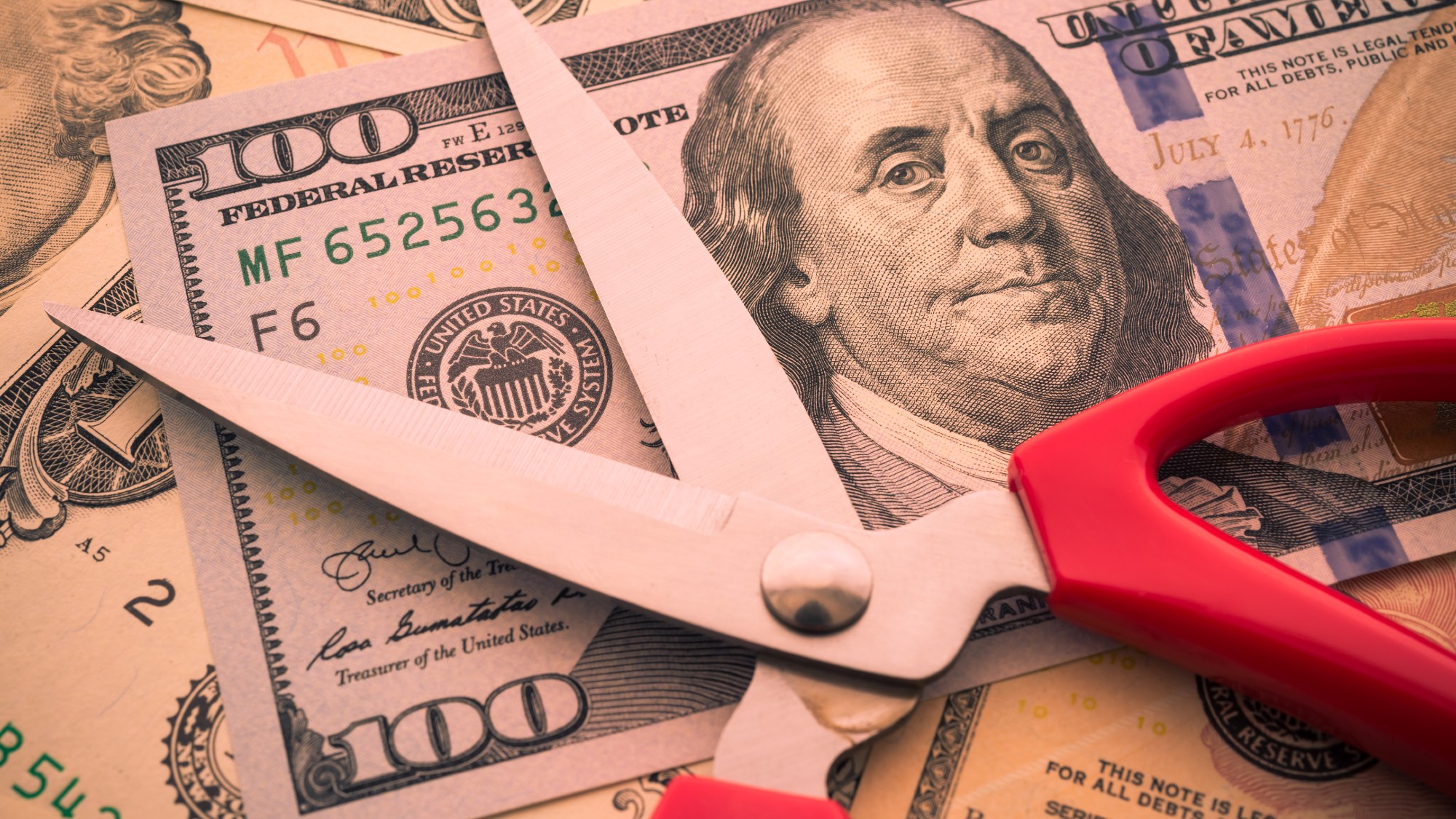
At a recent September meeting, the Federal Reserve finally cut its benchmark interest rate. The Fed's decision — part of an effort to fight inflation — ended a long period of elevated rates.
While this may sound like a high-level financial decision, it can actually have major implications for consumers. Many of these effects are positive, such as lower borrowing costs when it comes to things like mortgages and auto loans. But there is one drawback of the long-awaited Fed rate cut: lower savings rates.
In the last few months, as "the Fed paused its rate-hiking campaign," rates "inched down," said Kiplinger; but they "took an even bigger hit" after the Fed's official announcement. As a result, "you won't be able to earn what you once did on savings rates." This raises the question: Should you make any changes to your savings?
The Week
Escape your echo chamber. Get the facts behind the news, plus analysis from multiple perspectives.

Sign up for The Week's Free Newsletters
From our morning news briefing to a weekly Good News Newsletter, get the best of The Week delivered directly to your inbox.
From our morning news briefing to a weekly Good News Newsletter, get the best of The Week delivered directly to your inbox.
How much will the Fed cut affect savings rates?
"Savings account rates are loosely linked to the rates the Fed sets," said Bankrate, which means that "after the Fed lowers its rate, banks tend to lower their deposit account rates."
Effectively, the federal funds rate is "the interest rate banks charge each other for overnight loans," and "it acts as a benchmark for the rates offered to customers," said U.S. News & World Report. "Banks generally raise or lower consumer rates based on what it costs them because they want to maintain the spread between what they're charging borrowers and paying depositors," said Rosalyn Glenn, a financial planner with Prudential Advisors, to U.S. News & World Report.
This link was apparent prior to the Fed's official announcement. "Even before the Fed's September 18 rate cut, banks were reducing their savings rates, according to financial data company Curinos," said CBS News. In fact, "more than half of traditional banks had cut their CD rates in anticipation of the rate cut, while one-third had cut their rates on savings accounts."
Still, said CBS News, these reductions were "relatively small, with most cutting by 0.10 percentage points or less."
A free daily email with the biggest news stories of the day – and the best features from TheWeek.com
Are high-yield savings accounts and CDs still worthwhile?
"While savers have likely missed the rate peak, it can still be a good time to seek these accounts," said LendingTree credit analyst Matt Schulz to CBS News.
For example, "several banks are offering high-yield savings accounts with APYs of 4.85%," which, while "down from a peak of 5% or more prior to the rate cut" is still a "relatively robust offer," said CBS News.
Further, even though a downward trend in savings rates will likely continue over the coming months, "yields will continue topping inflation," and they are "also bound to remain higher than they were in the aftermath of the coronavirus pandemic," said Bankrate.
What can you do to maximize your savings rate in this new rate environment?
With savings rates no longer quite as high as they once were, there are moves you can make to ensure you are still getting the most out of your funds parked in savings. Here are some tips to keep in mind:
Look to online banks for the highest rates. "Online savings accounts tend to offer better rates — many times higher than that average — because institutions that offer these accounts don't have to operate expensive brick-and-mortar branches and can pass the savings on to customers in the form of higher rates and low (or no) fees," said NerdWallet. As such, if you are aiming to maximize your yield, look online.
Be open to moving your funds. Especially in this rate environment, do not sit back and assume your money is earning the best rate possible. "Even if you have a high-yield savings account, you should still shop around to confirm whether your bank has the best rates and be ready to move your funds if you can find an account that earns more," said U.S. News & World Report.
Lock in rates before they fall further with a long-term CD. Yields on CDs "have already begun edging lower as the Fed prepares to cut rates — a trend that's bound to continue once interest rates officially fall," said Bankrate. As such, "now is the time to lock in high-yielding CDs," said financial analyst Greg McBride to Bankrate. "There is no advantage to waiting," as yields will "accelerate further the longer you wait."
Becca Stanek has worked as an editor and writer in the personal finance space since 2017. She previously served as a deputy editor and later a managing editor overseeing investing and savings content at LendingTree and as an editor at the financial startup SmartAsset, where she focused on retirement- and financial-adviser-related content. Before that, Becca was a staff writer at The Week, primarily contributing to Speed Reads.
-
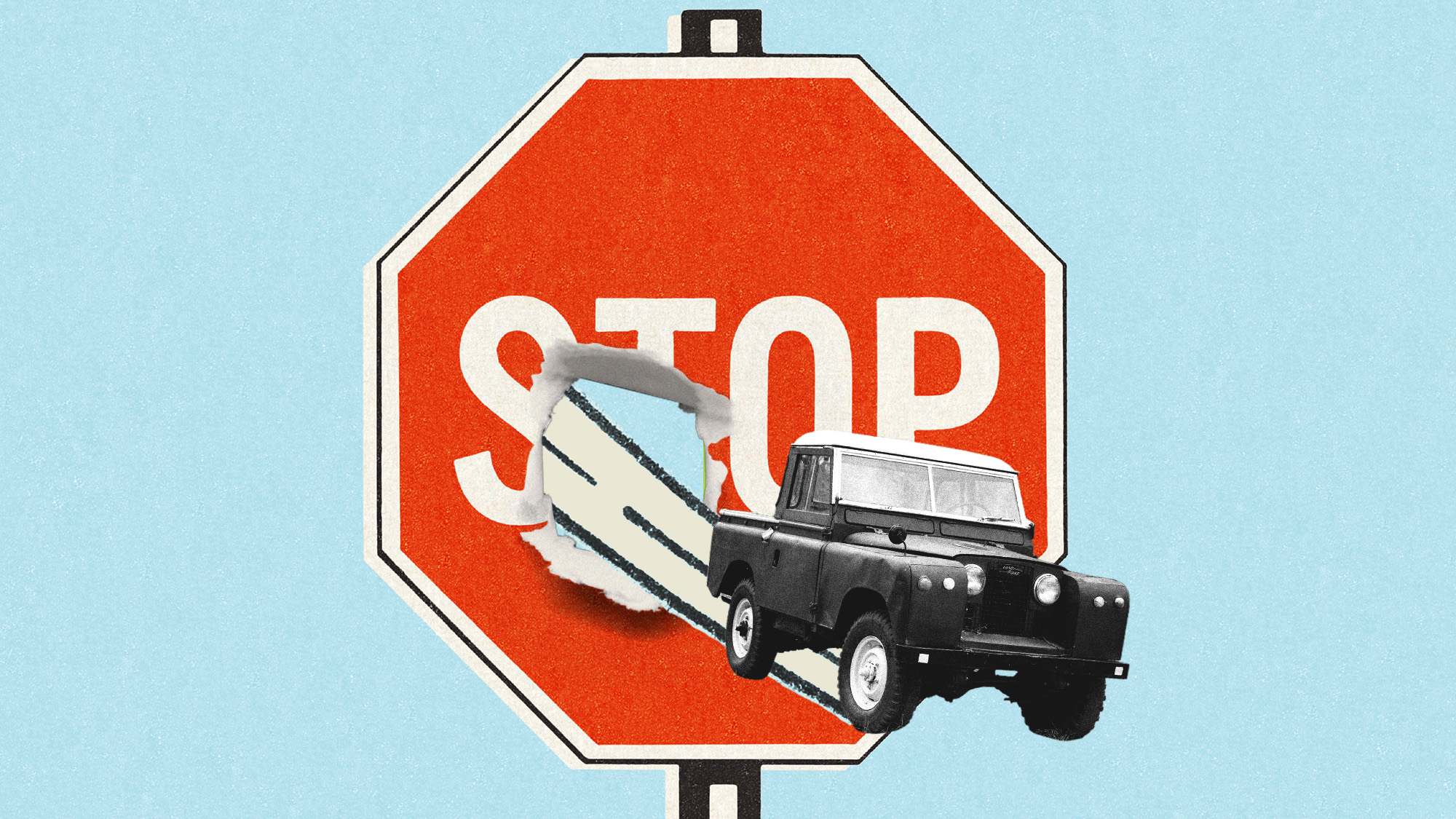 Zimbabwe’s driving crisis
Zimbabwe’s driving crisisUnder the Radar Southern African nation is experiencing a ‘public health disaster’ with one of the highest road fatality rates in the world
-
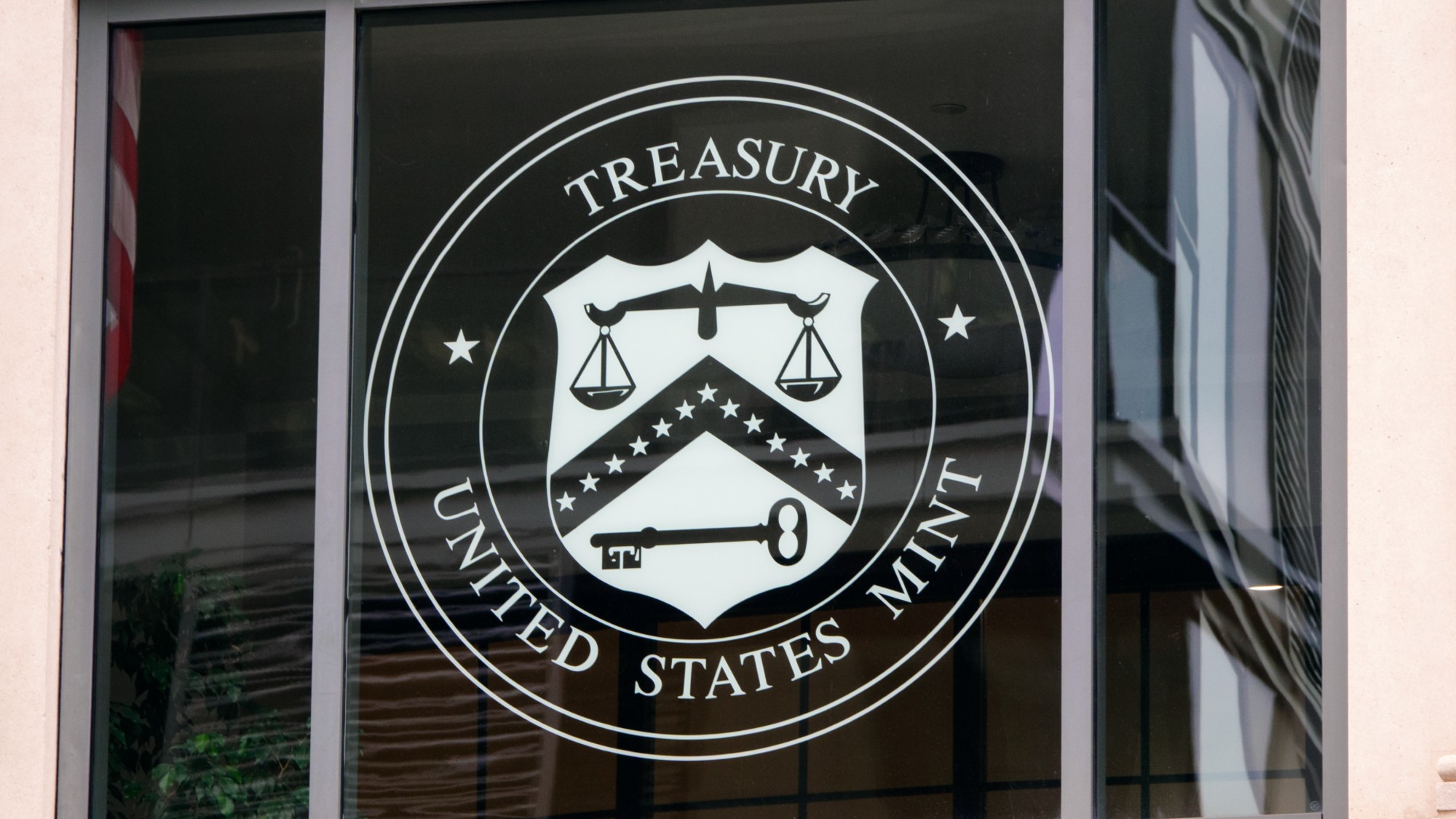 The Mint’s 250th anniversary coins face a whitewashing controversy
The Mint’s 250th anniversary coins face a whitewashing controversyThe Explainer The designs omitted several notable moments for civil rights and women’s rights
-
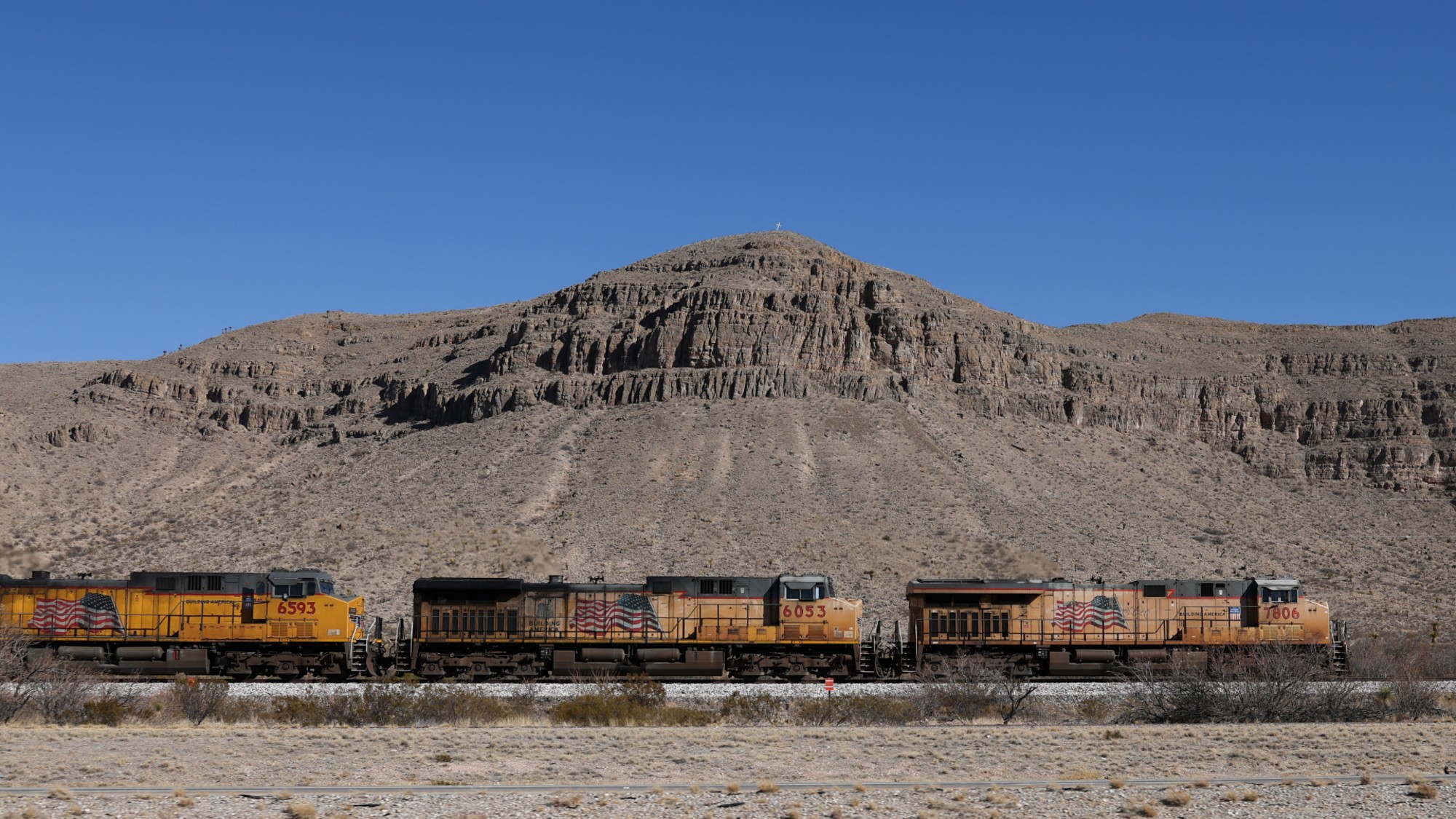 ‘If regulators nix the rail merger, supply chain inefficiency will persist’
‘If regulators nix the rail merger, supply chain inefficiency will persist’Instant Opinion Opinion, comment and editorials of the day
-
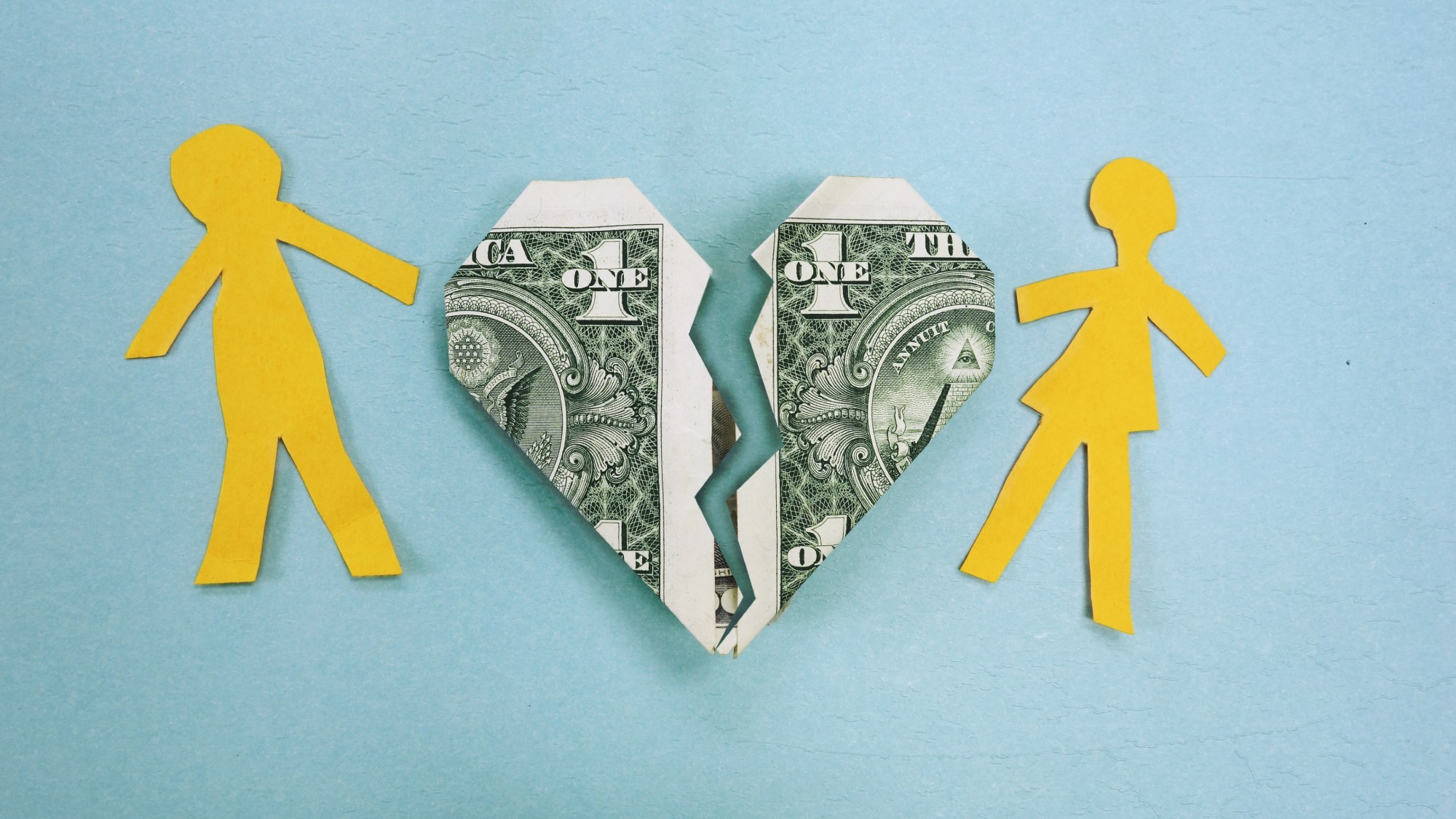 How to financially prepare for divorce
How to financially prepare for divorceThe Explainer Facing ‘irreconcilable differences’ does not have to be financially devastating
-
 Why it’s important to shop around for a mortgage and what to look for
Why it’s important to shop around for a mortgage and what to look forThe Explainer You can save big by comparing different mortgage offers
-
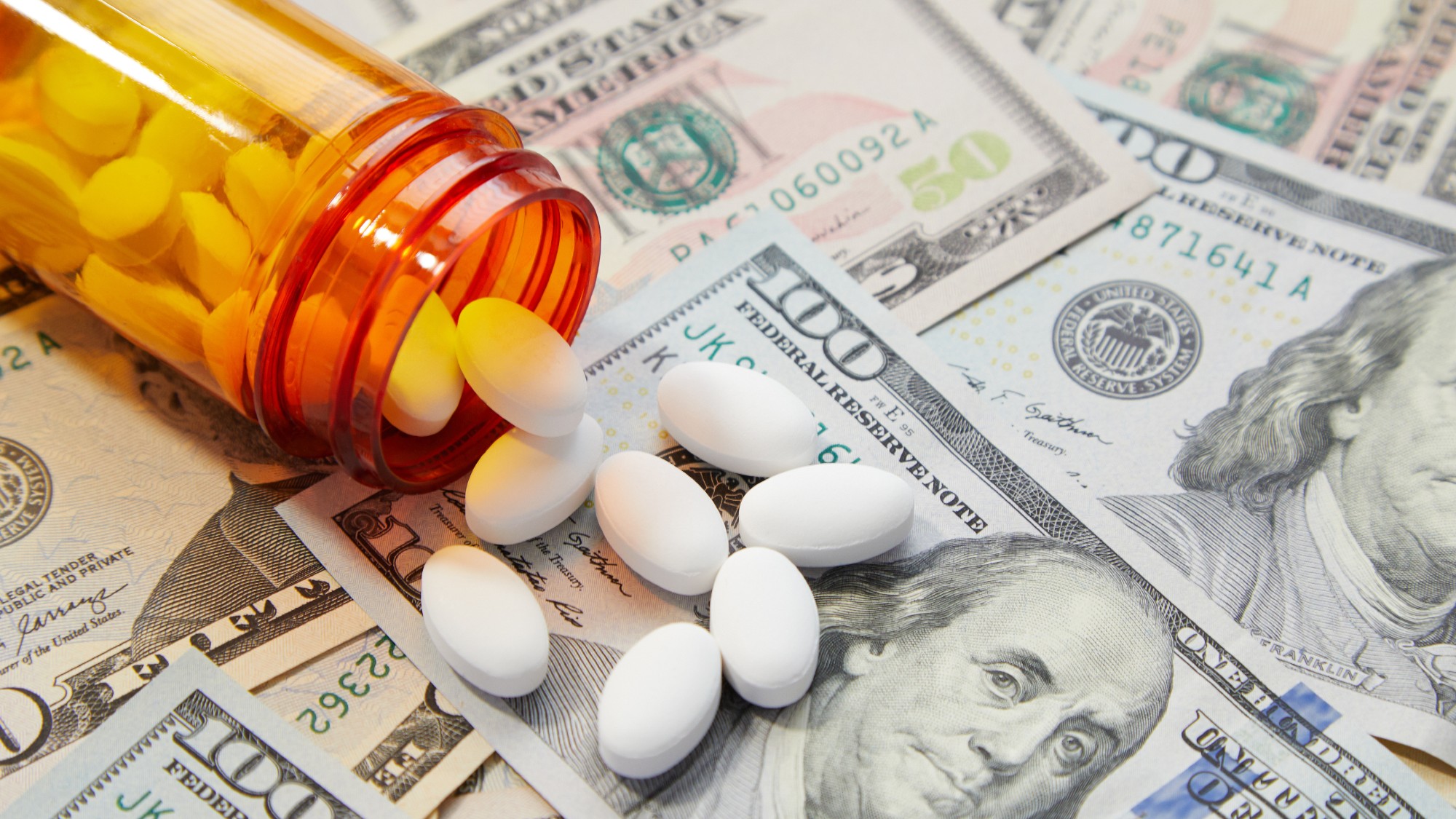 4 ways to save on rising health care costs
4 ways to save on rising health care costsThe Explainer Health care expenses are part of an overall increase in the cost of living for Americans
-
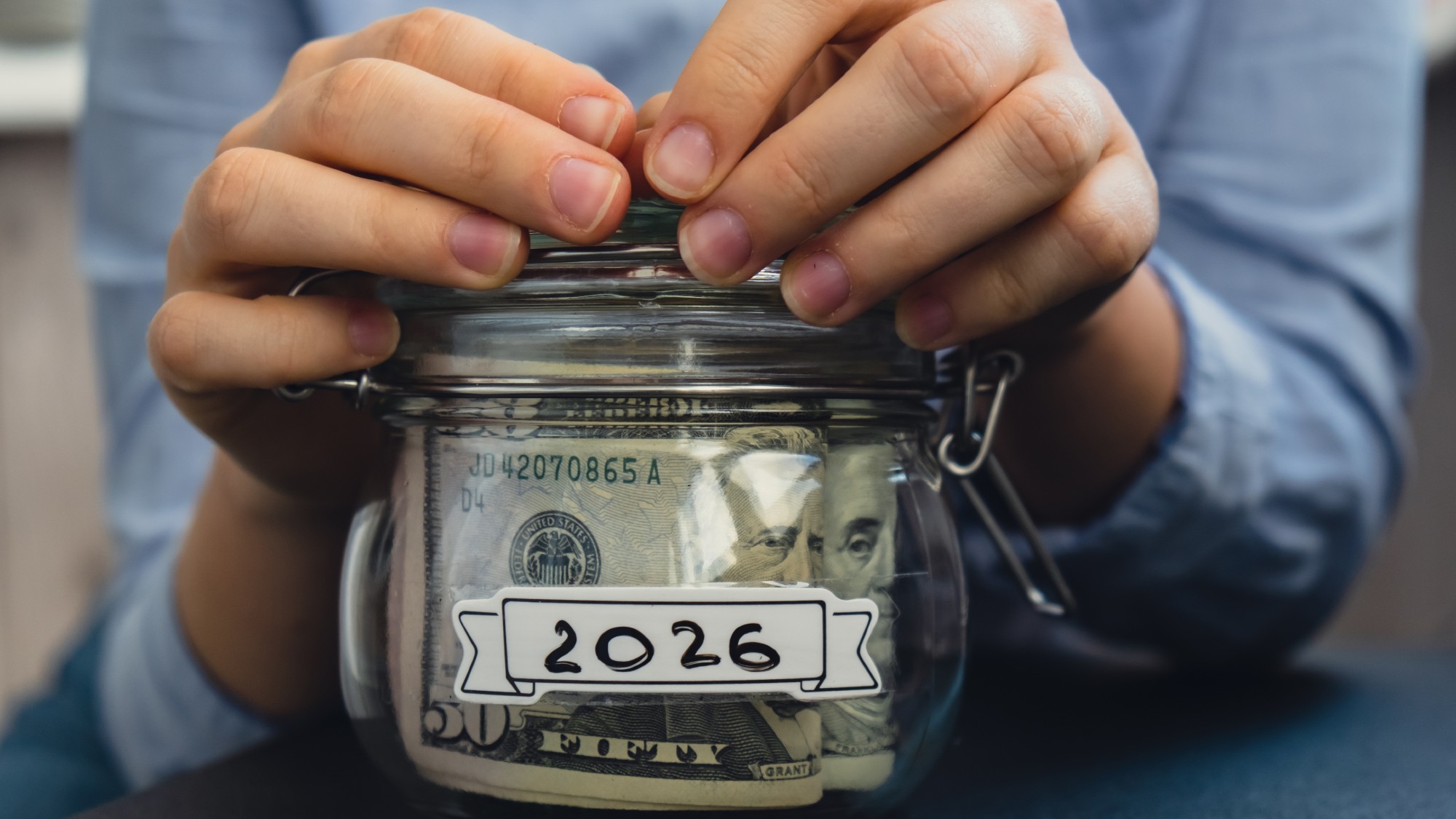 4 ways to streamline your financial life in 2026
4 ways to streamline your financial life in 2026the explainer Time- and money-saving steps
-
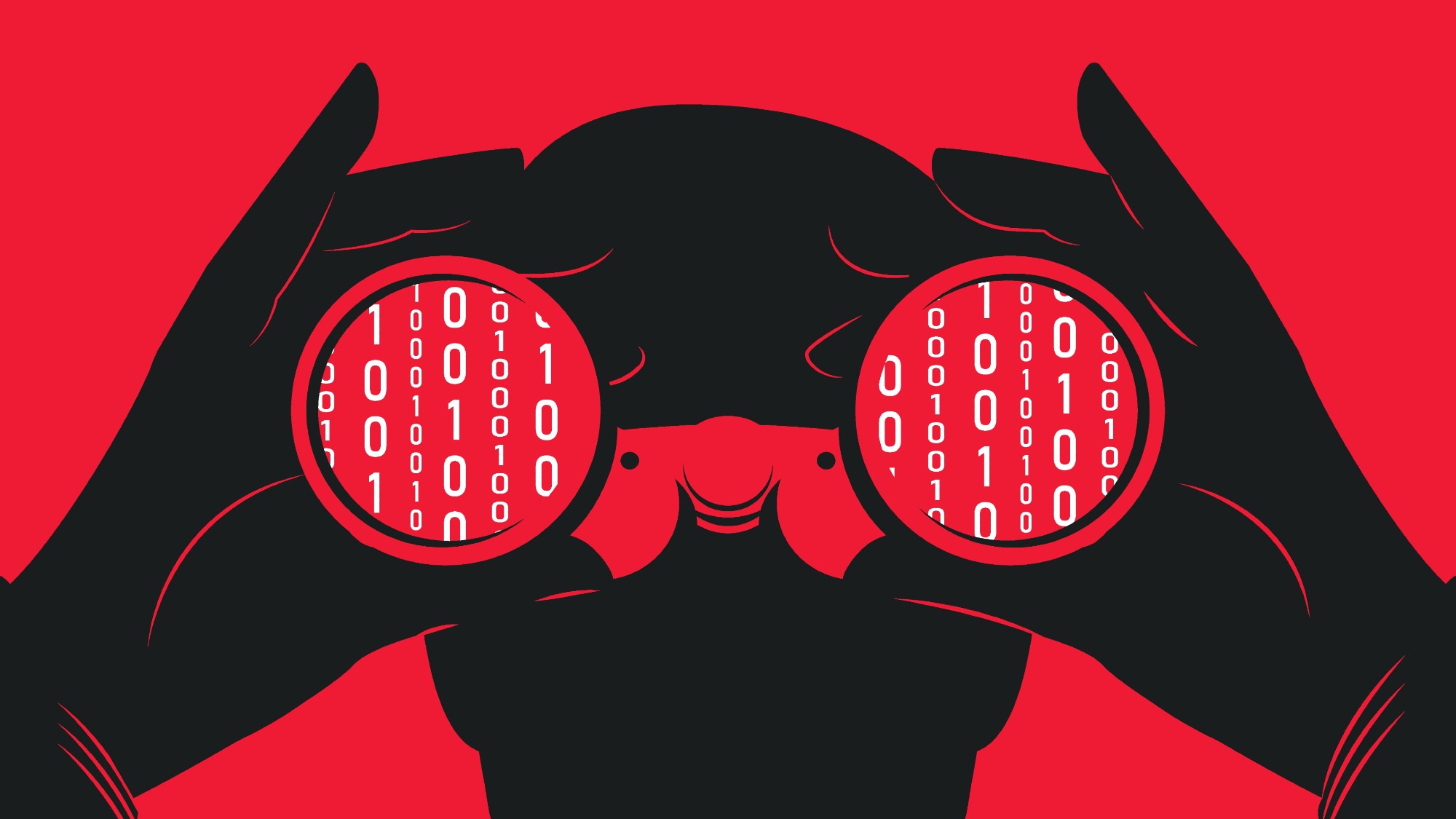 4 tips to safeguard your accounts against data breaches
4 tips to safeguard your accounts against data breachesThe Explainer Even once you have been victimized, there are steps you can take to minimize the damage
-
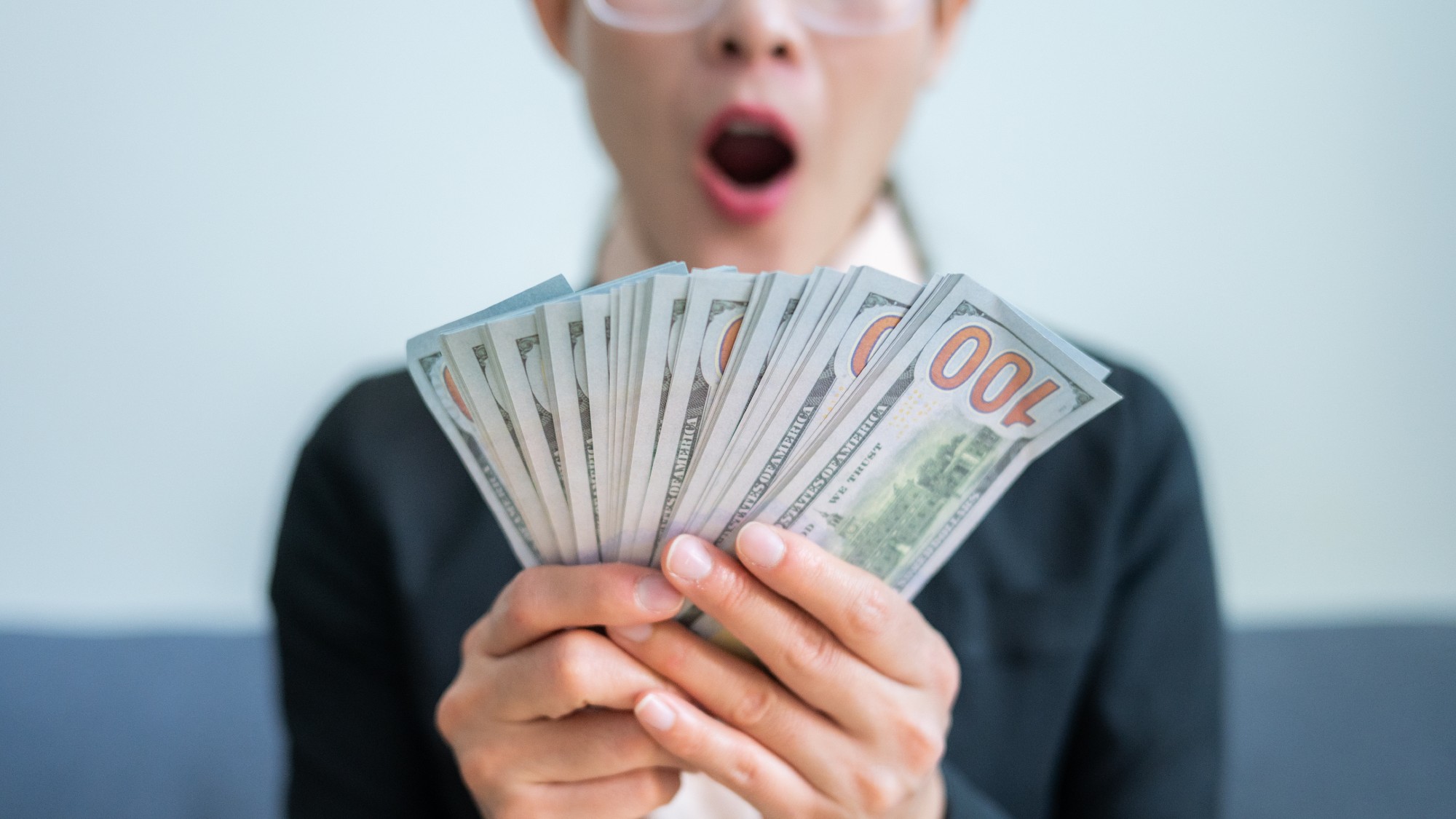 Received a windfall? Here is what to do next.
Received a windfall? Here is what to do next.The Explainer Avoid falling prey to ‘Sudden Wealth Syndrome’
-
 How to save more for retirement next year
How to save more for retirement next yearthe explainer Secure yourself a suitable nest egg
-
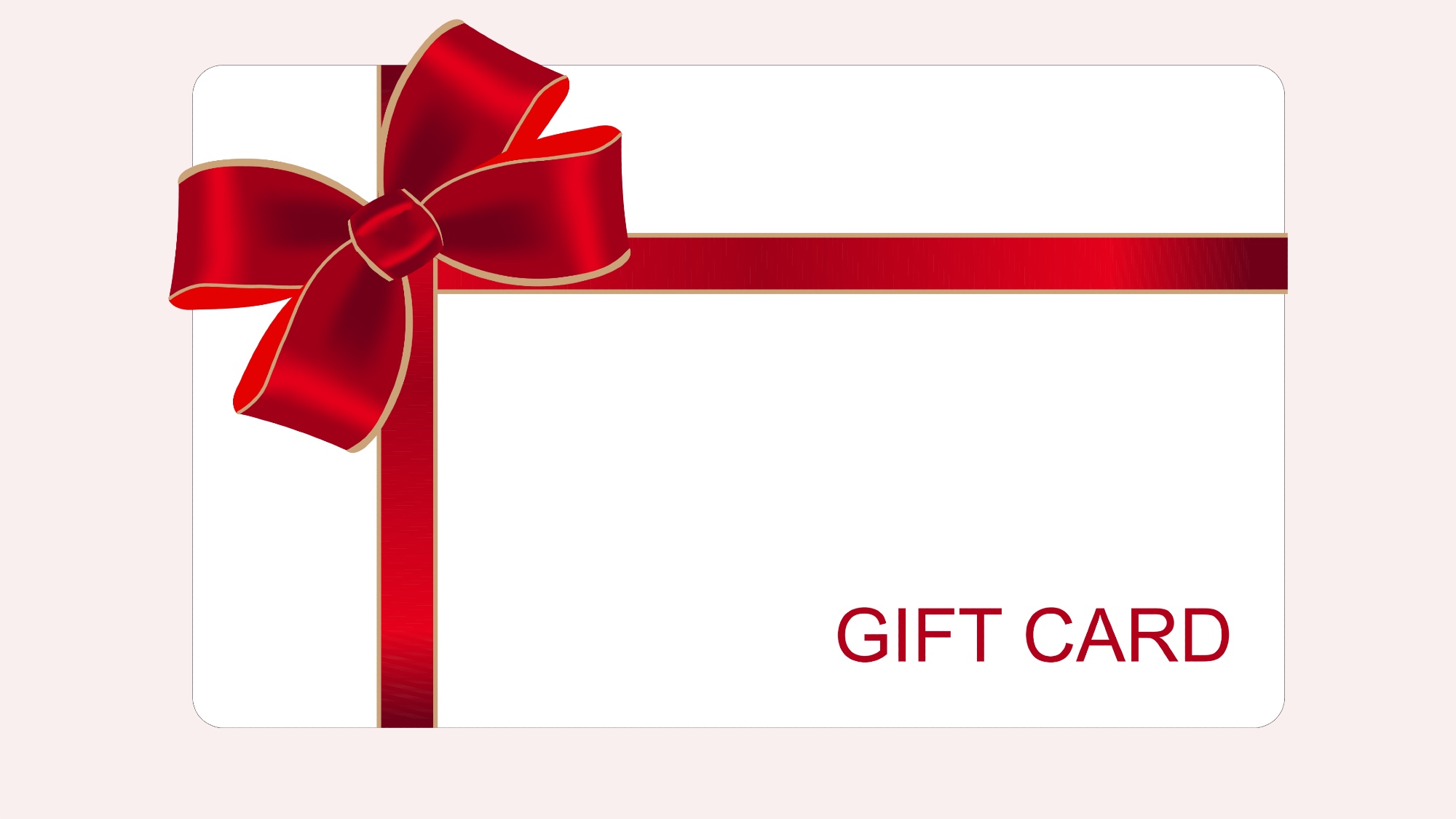 Received a gift card this holiday season? Here’s how to maximize it.
Received a gift card this holiday season? Here’s how to maximize it.The Explainer Make the most of your present
